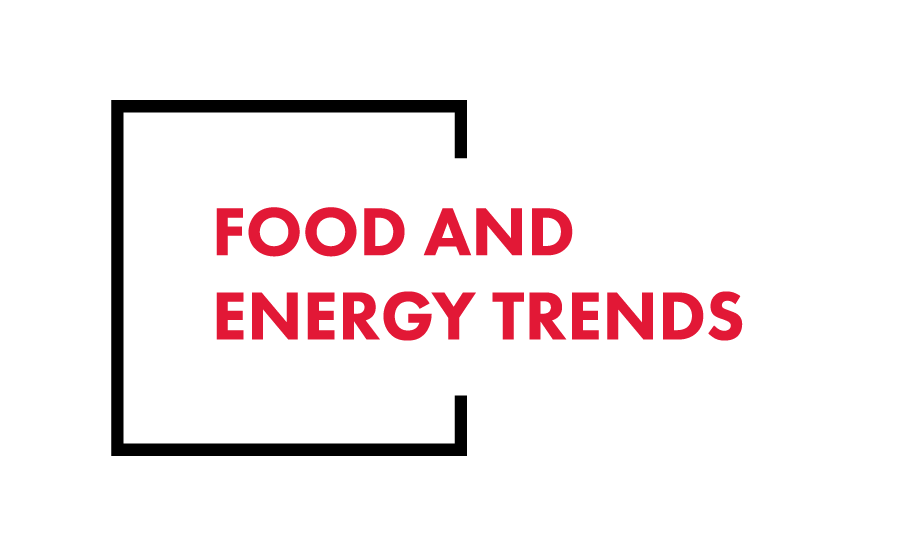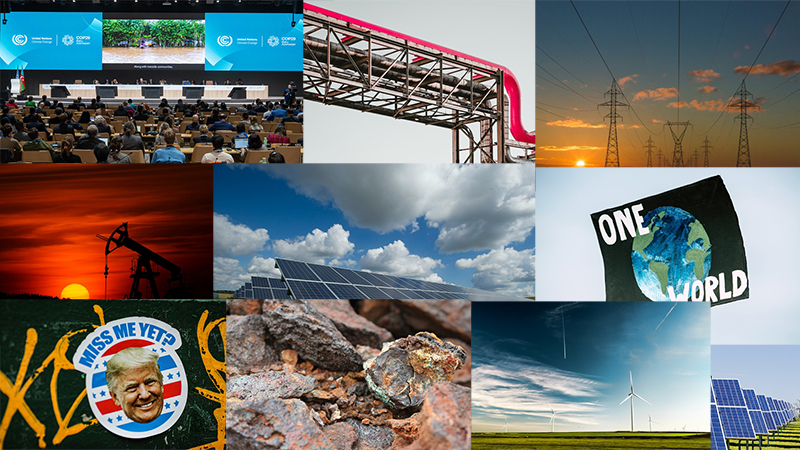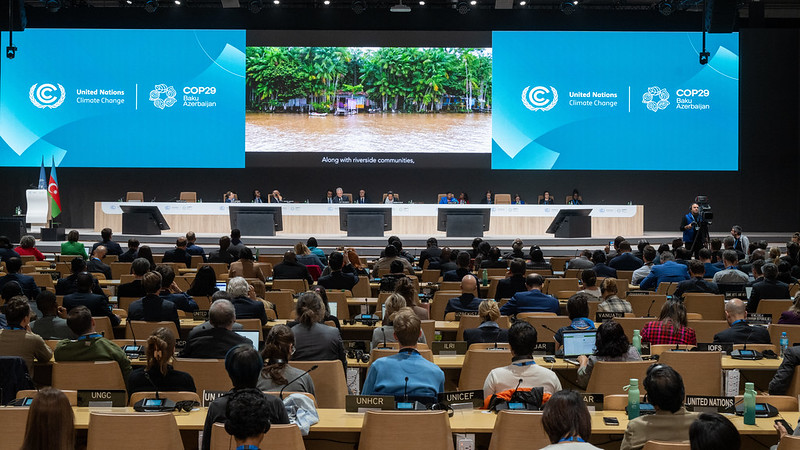It was a year that saw the American approach to energy go from expanding renewable sources to “drill baby drill.” It was the year that saw the UN Climate Change Conference struggle to finally reach an agreement on helping lower-income countries pay for a shift to renewables. It was a year of the West pushing back against China’s dominance of critical minerals needed for the energy transition.
The trends in energy during 2024 have set the table for what we can expect to see in 2025. The following is a look back at of some of the top stories.
November
COP29 week two: Finance deal stirs controversy: The UN climate summit in Baku, Azerbaijan, concluded Nov. 22 with a significant yet contentious agreement on climate finance, criticized by many developing countries who expressed disappointment over its limited scope. The summit’s centerpiece achievement—a new climate finance framework—commits developed nations to channel “at least” $300 billion annually to developing countries by 2035.
Trump’s ‘drill baby drill’ ehtos bodes ill for energy transition: U.S. President-elect Donald Trump’s recent appointments and stated energy goals reflect a decisive push to support fossil fuel production while sidelining climate-focused policies. Trump’s victory speech and subsequent cabinet nominees emphasize a broader strategy to reassert U.S. dominance in fossil fuels, through deregulation and expanded oil and gas development.
China’s rare earth dominance will last a while, says S&P: China’s dominance in global mining and refining of rare earth elements (REEs), which are used in renewable energy technology, seems likely to continue for the next 15 years at least, but the country’s current stranglehold on the market is loosening, a new report says.

October
Germany to boost green hydrogen with world’s longest H2 pipeline: In a big boost for the green hydrogen business, Germany will build the world’s longest hydrogen pipeline by 2032, with parts of the network operational by next year, the Federal Network Agency (BNetzA), a German energy body, confirmed on Oct. 22.
As West shies from fossil fuel investment, Africa looks elsewhere: With appropriate investment, Africans could be using their fossil-fuel resources to provide income and to power their economy. But traditional western backers favor renewable energy investments. This leaves potentially lucrative oil and gas projects undeveloped and Africa seeking new funding—from within and perhaps also from Gulf states.
Mining the forgotten: Recycled cables power greener future: As the global push for decarbonization increases the need for copper, experts say recycling must supplement traditional mining. In fact, some say, the solution to our growing copper demand may be close to home—inside our cupboards and drawers, where unused and obsolete electronics lie forgotten.
Sustainable aviation fuel makes gains in decarbonizing air travel: As pressure mounts to decarbonize the aviation industry, sustainable aviation fuel (SAF) is emerging as a potential solution. The Sept. 23 supply agreement between the Air France-KLM group and Total Energies is just the latest step toward putting that solution into action.

September
Peak oil prediction moved up to 2029 as China’s consumption slows: September data from the International Energy Agency indicates further deceleration in global oil demand as China’s consumption drops, leading the agency to move forward its prediction of “peak oil.” While Goldman Sachs argues global maximum oil consumption is still a decade away, another analyst says we are already post-peak.
U.S. demand for Africa’s critical minerals drives Lobito Corridor project: Days after the first shipment of copper from the Democratic Republic of Congo (DRC) to the U.S. via the Lobito Corridor rail project, the U.S. on Aug.28 announced plans to extend the corridor, which is part of an effort to counter China’s control of the global supply of critical minerals.
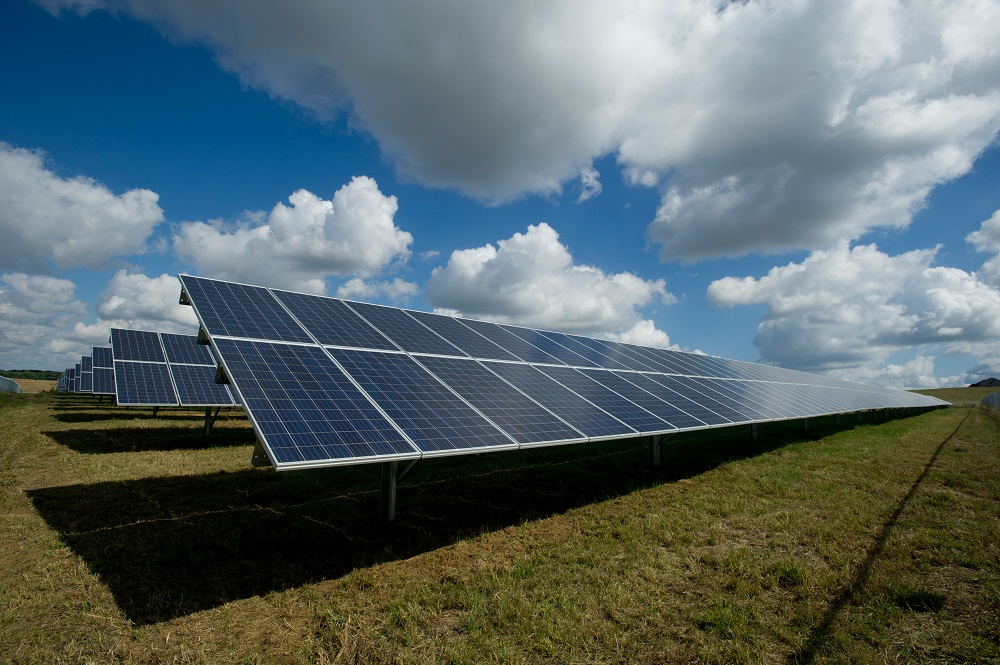
August
Tariffs against China may slow West’s progress on climate: The United States and Europe are intensifying efforts to close the gap with China’s dominance in clean energy technologies—including through protectionist measures like increased subsidies for domestic manufacturers and tariffs on Chinese imports. While these measures aim to shield local industries from a surge of low-cost Chinese products, they also risk undermining the West’s climate objectives.
Hydrogen market: European tech vs China’s production: Europe and China are taking divergent strategies in their competition to control the rapidly expanding global hydrogen fuel market and achieve leadership in green technology. Europe has become a leader in hydrogen technology development and policy in recent years, while China has accelerated its efforts to become a hydrogen superpower due to its abundant resources and manufacturing capacity.
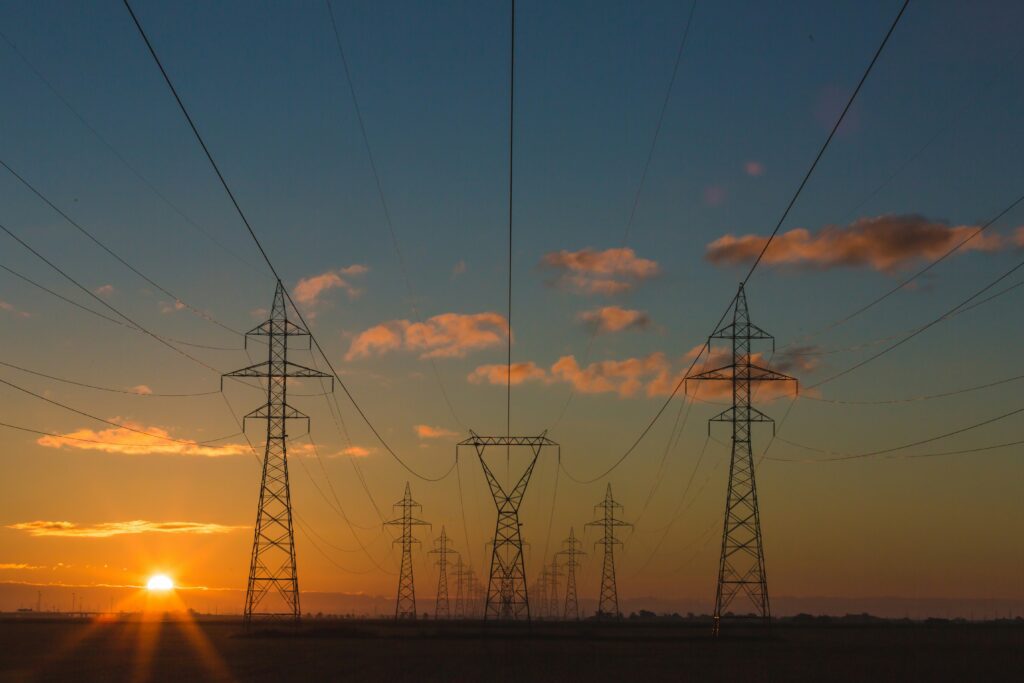
July
Hungary takes the lead, redefining EU energy policy: Hungary is structuring the EU’s energy policy agenda as they step into the presidency. Hungary consistently emphasizes geothermal energy, aiming to elevate it to the same level as other EU-supported renewable sources. This focus on geothermal energy and renewables, as well as on Russian foreign policy objectives, marks a notable shift from previous presidencies.
Brazil and Chile lead Latin America’s energy transition efforts: The World Economic Forum’s 2024 Fostering Effective Energy Transition Report, developed in collaboration with Accenture, explains these discrepancies and the pivotal role of emerging economies in the global shift toward renewable energy. Brazil and Chile have made notable strides in the Latin American energy transition.
Biden balances election-year gas prices with sanctions: The Biden administration faces the challenge of maintaining stable gas prices ahead of the election while taking a firm stance against adversaries such as Russia, Iran, and Venezuela. This dual priority has resulted in less stringent sanctions on major oil producers, according to diplomats, former government officials, and energy-industry experts.

June
Global oil market faces imminent glut: IEA forecast: Global oil markets are on the brink of a significant surplus this decade, driven by increasing supplies and slowing demand growth due to the adoption of lower-emission energy sources. The International Energy Agency (IEA), which includes the world’s largest oil consumers, predicts in its June 2024 report a surge in spare capacity — unused pumping capacity — similar to levels seen during the Covid-19 pandemic.
Global climate finance needs surge to meet 1.5°C target: To limit average global temperature rises to 1.5 degrees Celsius above preindustrial levels, climate finance worldwide needs to escalate to approximately $9 trillion annually by 2030, a stark increase from just under $1.3 trillion in 2021-22, writes Foreign Policy. According to the International Energy Agency (IEA), approximately $2.7 trillion, or 30 percent, of this required climate finance must be provided by the public sector, while the remaining 70 percent needs to be secured from the private sector.

May
Trump woos oil execs in return for $1 billion campaign support: In a recent attempt to secure financing for his re-election campaign, former U.S. President Donald Trump hosted a high-profile event for top oil executives at his Mar-a-Lago Club. The event is making headlines, as Trump asked oil executives for a bold and rather hefty contribution of $1 billion. According to the Washington Post, Trump promised to ‘dismantle Biden’s environmental policy’ – which is seen as unfavorable by the oil and gas industry.
Study predicts surge in blue ammonia usage for shipping sector by 2050: A recent EU-funded study conducted by DNV has shed light on the future trajectory of clean ammonia usage in the shipping sector. The study, titled “Availability of Green and Blue Ammonia in 2030 to 2050,” forecasts a significant surge in demand for clean ammonia as a marine fuel between 2030 and 2050.
U.S. Implements New Sanctions to Deteriorate Russia’s Military Capabilities: In an ongoing effort to disrupt Russia’s ability to sustain its military operations, the U.S. Department of the Treasury announced nearly 300 new sanctions on May 1, targeting Russia’s military-industrial base and third-country support. These measures are part of a broader multilateral campaign aimed at limiting the Kremlin’s resources and access to essential materials necessary for its war against Ukraine.

March
Middle East oil industry leaders eyeing the critical minerals market: As the world continually pushes for cleaner energy, the oil-rich Gulf nations have been making their moves too, and investing hefty amounts into clean tech. Saudi Arabia and the UAE have been looking into diversifying their otherwise oil-dependent economies and adding lithium, cobalt, and rare earths into the mix.
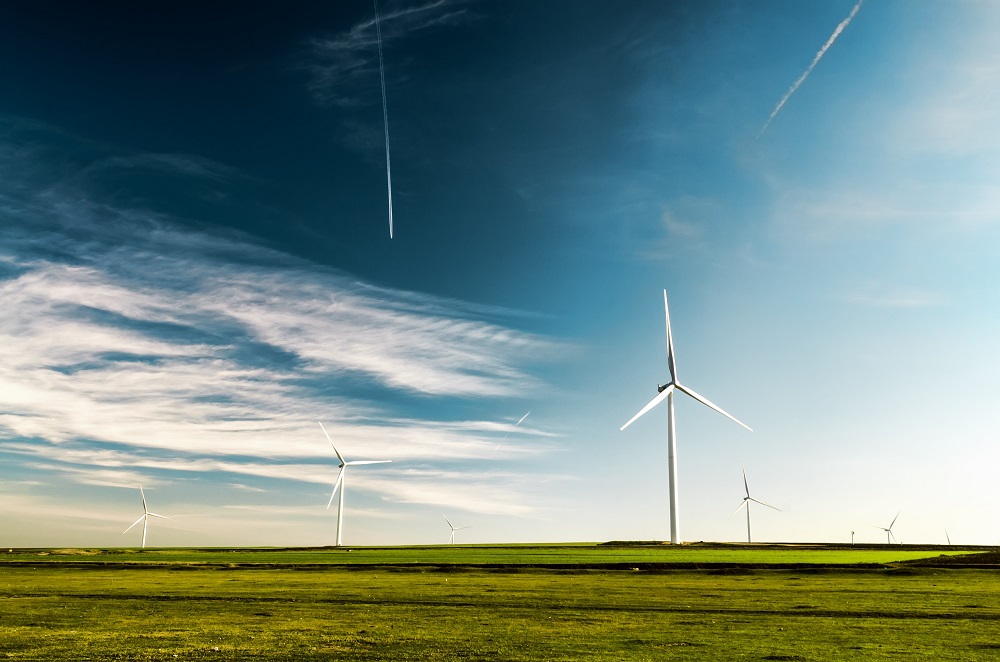
February
U.S. renewable power growth breaks records with federal support: Renewable energy sources are surging in the United States, setting new records and outpacing traditional fossil fuels like coal and natural gas. Wind and solar energy are poised to overtake gas as the preferred alternatives to coal power generation, according to recent data. In 2023, renewable power accounted for nearly a quarter of U.S. electricity demand and nearly 9% of total energy consumption.
IEA pushes for boost in production of critical minerals: The International Energy Agency (IEA) is pushing for a boost in the production of critical minerals like copper and lithium in a move to accelerate the energy transition and create a more diversified energy portfolio.

January
Biden administration announces big solar projects in West states: The Biden administration has announced new solar projects to help the United States transition to clean energy. The updated roadmap encompasses the development steps for solar expansion in 11 states in the West, including Arizona, California, and Nevada. According to an official statement of the Department of Interior (DOI), the new solar projects are expected to generate upwards of 1,700 megawatts of potential solar energy, in addition to 1,300 megawatts of potential battery storage capacity.

